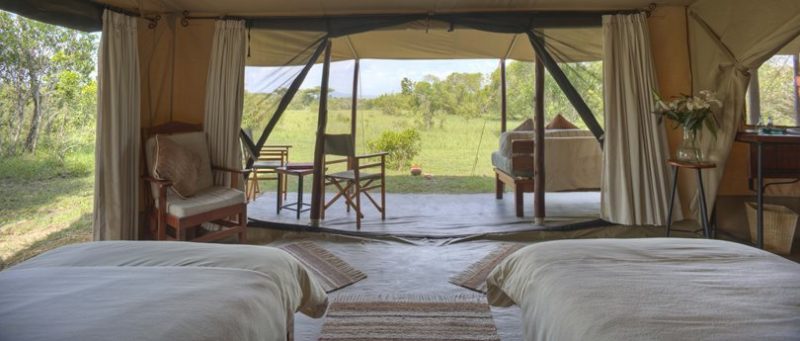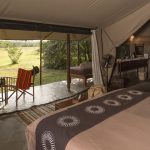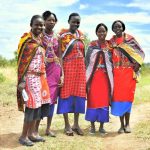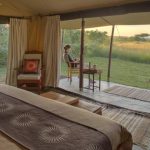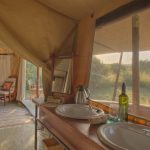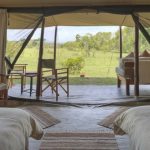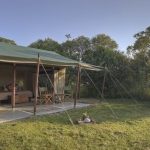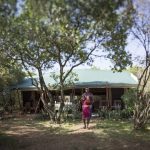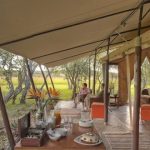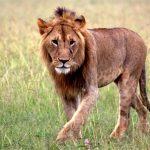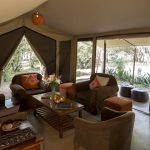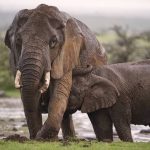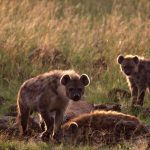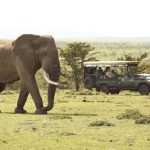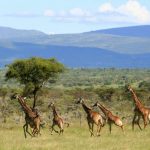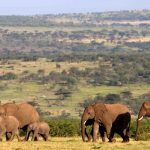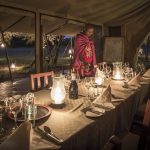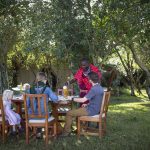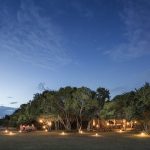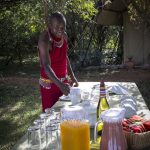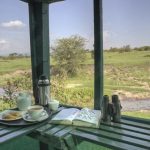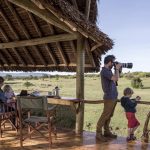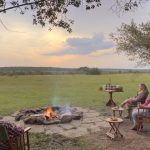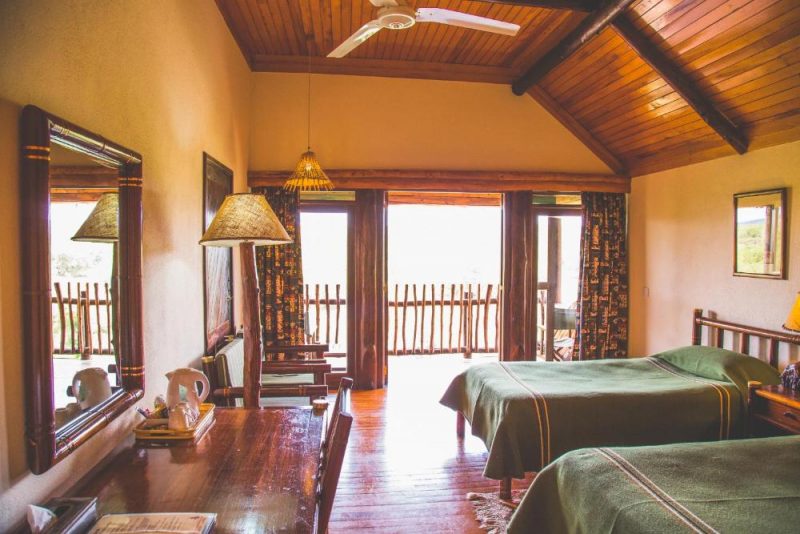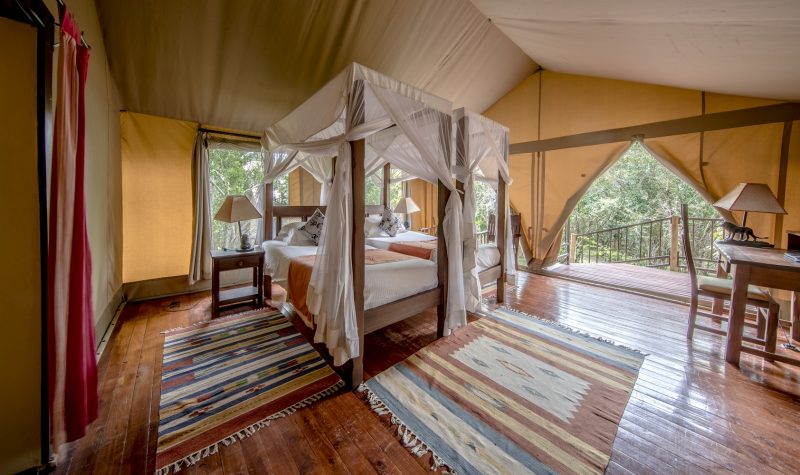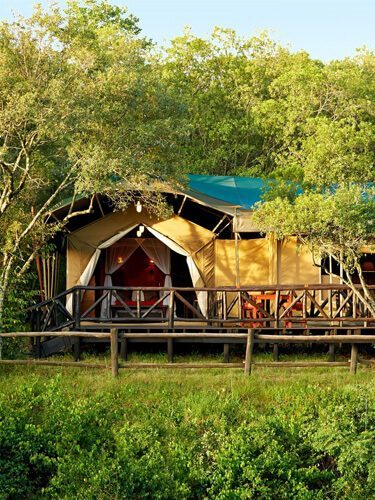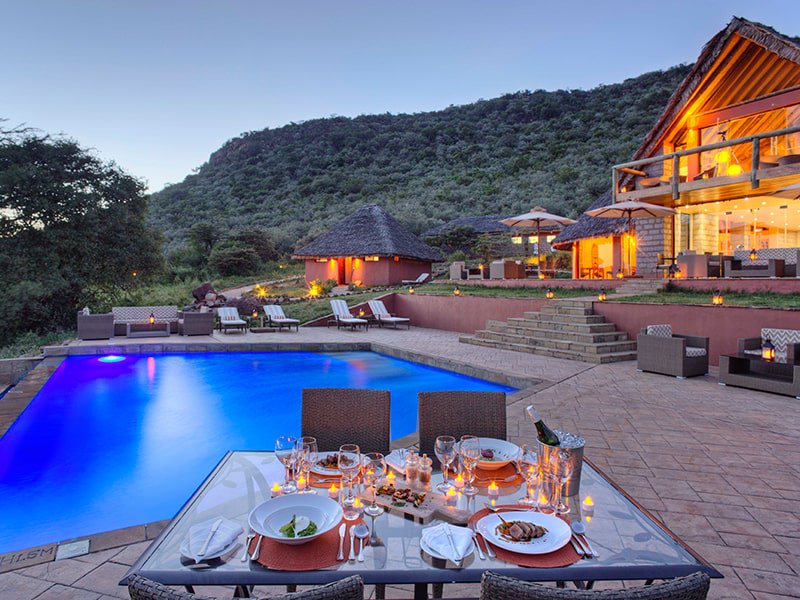Encounter Mara Camp
Set in the sought-after Mara Naboisho conservancy, in the Masai Mara Kenya, award-winning Encounter Mara is the stuff safari dreams are made of. Enjoy some of the best game viewings in Africa all year round from the low-key yet lavish comfort of this superb eco-camp. This is one camp you need to visit on your next Mara safari. Shaded by a thick acacia forest, Encounter Mara is a Mara tented camp that enjoys glorious views of the surrounding savannah, while closer at hand a salt lick attracts a range of animals throughout the day, from plains game to big cats. The sheer comfort of the traditional-style safari camp means that there are few more rewarding places from which to experience this slice of wild Africa.
Meals
Our delicious home-cooked meals are often enjoyed communally. Our chefs prepare all meals in camp and bake fresh bread, biscuits and muffins daily. Breakfast is a tempting buffet-style spread. Choose from a continental or a full English breakfast. Light, buffet-style lunches in camp include fresh salads and vegetables with your main course. You can also ask for a picnic breakfast or lunch so you can spend most of your time in the bush. Tea and cake at 4pm are a camp culture. Dinner is a three-course silver service or plated affair.
Accommodation
Spacious, comfortable and cool, each of the 10 permanent tents has an en-suite bathroom with flushing toilet and hot-water safari bucket shower. Outside, private verandas open out to the endless savannah: relax here on a day bed in the seating area and soak up the captivating views.
Wildebeest migration
The earth vibrates with the thundering of millions of hooves as heaving herds of wildebeest, zebra and gazelles fill the plains to chase the rains in the epic annual struggle for survival known as the great migration. It is the greatest show on earth, a natural spectacle like no other and a life-changing experience. With a presence all along the great wildebeest migration route, Asilia will transport you to the best seat in the house. Few lifetime experiences can beat that of watching over a million wildebeest plus hundreds of thousands of gazelles and zebra followed by their predators embark on a 1,000km long circular trek through the Maasai Mara in search of pasture and water. This natural spectacle is both thrilling and profoundly moving.
What is the migration
The annual wildebeest migration is a drama in two acts. The arresting dash for freedom as the herds swarm across the Mara and other rivers in the north braving enormous Nile crocodiles, lion, hyena, cheetah and leopard in search of water and new grazing, followed by the remarkable months of calving in the lush grasslands of the south. The great migration can also be split up into two main parts; the Serengeti migration as well as the Maasai Mara migration. It is the largest herd movement of animals on the planet. In fact, with up to 1,000 animals per km2, it can be seen from space. The numbers are astonishing: over 1.2 million wildebeest and 300,000 zebra along with topi and other gazelle move in a constant cycle through the Serengeti-Mara ecosystem in search of nutritious grass and water.
Migration journey
Guided by survival instinct, each wildebeest will cover 800 to 1,000km on its individual journey along age-old migration routes. Hungry predators make sure only the strongest survive. It is thought that rainfall over 50km away can trigger the start of the mass movement perhaps through smell or the recognition of thunder and lightening on the horizon. The circuit takes the animals from the Ngongorogoro conservation area in the south of the Serengeti in Tanzania, up through the Serengeti and across into the Maasai Mara, and back again. The journey is beset with danger. Young calves are snatched by predators, the slow are brought down by prides of lion, brave beasts break legs on steep river slopes, crocodiles take their share of the stragglers and the weak and exhausted drown.
Big cats
Few life experiences can beat that of getting up close and personal with Africa’s Big 5 and big cats. Asilia’s outstanding camps are located in some of the best pioneering areas in Kenya and Tanzania. On safari here, coveted sightings of big cats and the big five of Africa are common. In fact, you get so close to these glorious animals you can feel their extraordinary power. Covering some 25,000km², the Serengeti-Mara ecosystem encompasses a wide range of habitats, which is why it is home to Africa’s highest variety and concentration of wildlife, and of course, the big 5. Ruaha hosts an incredible 10% of the world’s lion, while Tarangire is famous for its vast elephant herds. These are the safari destinations of choice for discerning travellers looking for intense big cat and big 5 encounters. Predator and prey interactions are frequent.
Activities
The Mara Naboisho conservancy is not governed by the same rules as the national reserves, so there is the flexibility to see and experience something truly profound on safari at Naboisho. The activities at Naboisho Camp make the most of this unrivalled access to pristine wilderness: bush walks, off-road safaris, overnight fly camps, night drives and wilderness picnics are activities you could only dream of in the national reserves. The guides at Naboisho are adept at offering a deeper understanding of this complex ecosystem, making it an ideal choice for experienced safari travellers on their second or third visit to Africa, who are seeking a more profound experience.
Game drives
Twice daily game drives with passionate and highly knowledgeable guides are offered from Naboisho, as well as the chance to search for the elusive nocturnal creatures of the conservancy on a night drive. Off-road driving is possible on the privately owned land for once-in-a-lifetime sightings and excellent photo opportunities. Our guides take you in seven-seater open game-viewing vehicles or closed vehicles that seat five. All the vehicles have power points where you can recharge your devices, and are fitted with fridges to keep your drinks deliciously frosty. Game Drives are also possible in the adjoining Masai Mara reserve.
Walking safaris
Discover the smaller ecosystems that tend to pass unnoticed from a vehicle: explore the bush by foot, accompanied by an expert armed guide and Maasai tracker. Please note that walking safaris are at an additional cost of US$40 per person.
Bush picnics
Leave camp with the rising sun at dawn and enjoy a packed breakfast or lunch to maximise your game-viewing time. Make every minute count: take along a delicious packed breakfast or picnic lunch in the morning to enjoy in the heart of the bush while the game roams all around you.

